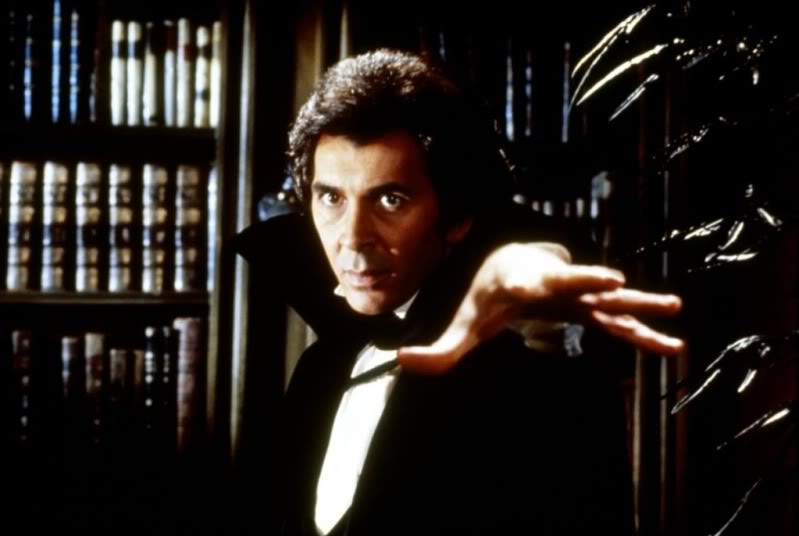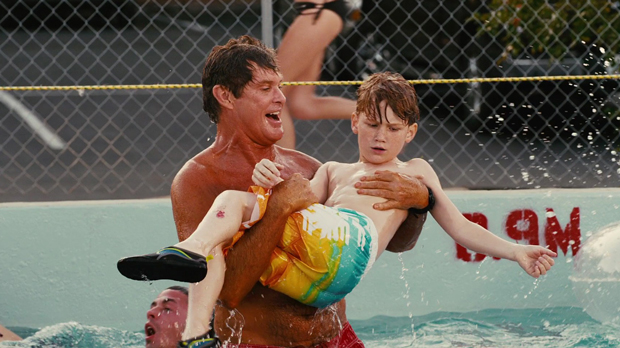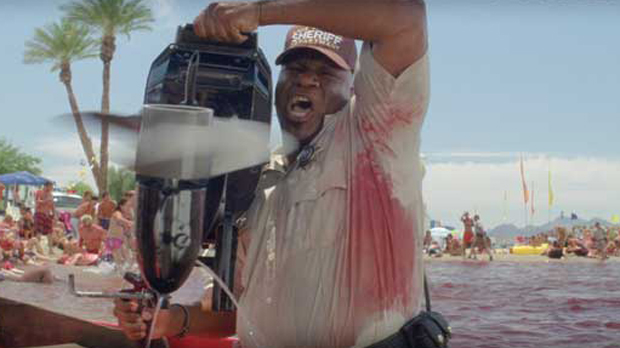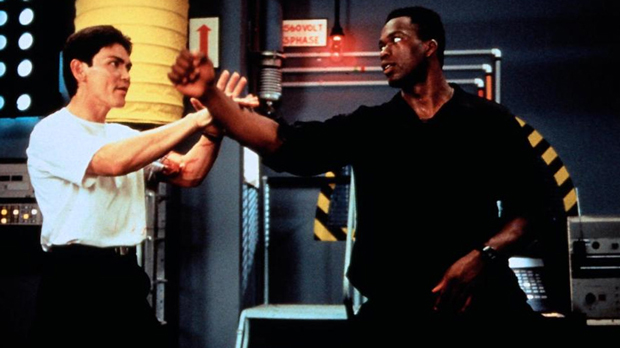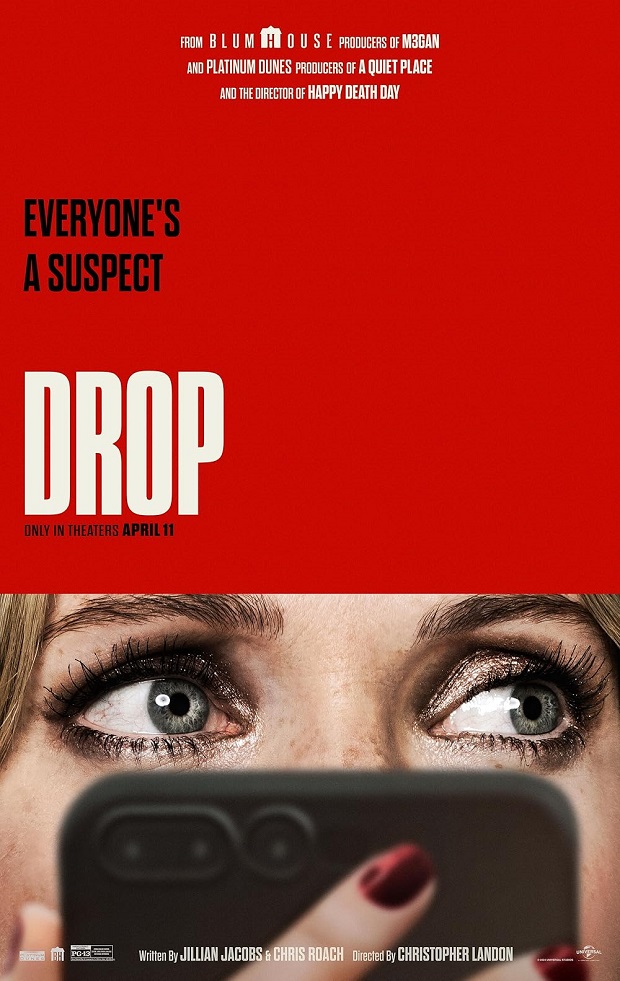
Dracula (1979) Universal/Horror RT: 109 minutes Rated R (violence, sex) Director: John Badham Screenplay: W.D. Richter Music: John Williams Cinematography: Gilbert Taylor Release date: July 13, 1979 (US) Cast: Frank Langella, Laurence Olivier, Donald Pleasence, Kate Nelligan, Trevor Eve, Jan Francis, Janine Duvitski, Tony Haygarth, Teddy Turner, Sylvester McCoy, Kristine Howarth, Joe Belcher. Box Office: $20.1M (US)
Rating: ***
Bela Lugosi, Christopher Lee and Gary Oldman, these are the first names that come to mind when I think of the infamous Transylvanian bloodsucker Count Dracula. Each actor made the role his own. Lugosi set the standard. Lee made the character more complex. Oldman found the tragic figure within the undead creature. Different interpretations, all of them great.
Lots of other actors have played Dracula to varying degrees of success. The list includes Lon Chaney Jr. (Son of Dracula), John Carradine (House of Dracula), Udo Kier (Andy Warhol’s Dracula) and George Hamilton (Love at First Bite). And lest we forget, Frank Langella played him in 1979’s Dracula, an interesting take on the gothic horror tale penned by Bram Stoker. It’s not just an adaptation of the 1897 novel; it’s also based on the 1924 stage play by Irish playwright Hamilton Deane. There are changes to the story; most notably, the names of the female characters (i.e. Mina and Lucy) have been switched. It’s a little off-putting.
The general plot of this Dracula remains the same. Count Dracula from Transylvania comes to England and takes up residence in Carfax Abbey. He is invited to dinner by Dr. Jack Seward (Pleasence, Halloween) who runs the local asylum. He makes an immediate impression on his daughter Lucy (Nelligan, Eye of the Needle), something that doesn’t please her fiancee, solicitor Jonathan Harker (Eve of the BBC show Waking the Dead).
Later that night, Dracula returns and kills Lucy’s friend and houseguest Mina (Francis, Just Good Friends) by draining her of her blood. Dr. Seward sends for Mina’s father Professor Abraham Van Helsing (Olivier, Hamlet) who determines his daughter died at the hands of a vampire. Meanwhile, the Count uses his powers to seduce Lucy and infect her with his blood. Now under his power, she can only be saved if Dracula is destroyed.
I was 11 when Dracula came out so I didn’t get to see it at the cinema. I got to see it about five years later on cable. At that point, my familiarity with the character began and ended with Love at First Bite. This decidedly more serious version didn’t do anything for me at the time. It was too slow and had too little blood and nudity for an R movie. Cut me some slack, I was 16.
It wasn’t until later that I began to appreciate this Dracula. Directed by John Badham (Saturday Night Fever), elegance permeates the fabric of the narrative. A large part of that is due to Langella’s stunning performance as Dracula. Having played the role on Broadway (just like Lugosi before him), he understands the character in a way other actors wouldn’t. He’s had time to consider all the nuances. He’s very precise in his movements and expressions. His Dracula is more of a romantic, a regal sort, irresistible to women. It’s easy to understand why they succumb to his charms so easily. At the same time, he exudes a palpable sense of danger. It’s in the eyes, that cold piercing stare of his. It’s a unique interpretation of Stoker’s character.
Langella is aided by a capable supporting cast starting with the always dependable Olivier as vampire slayer Van Helsing. He took on some interesting roles in the latter part of his career. He got hammier as he got older, but never at the expense of his dignity. He plays it most straight in Dracula with only a hint of playfulness. Pleasence, a veteran of Hammer horrors, provides a link to the British studio’s Dracula films starring Christopher Lee. Nelligan is good as seducee Lucy. A woman of reason, it chills the blood to see her so easily swayed by the foreign stranger’s dangerous charms.
Dracula is a triumph of art direction and production design. The Edwardian period (another change from the original’s late Victorian setting) is beautifully recreated by Brian Ackland-Snow (art director) and Peter Murton (production designer). The sets and costumes are period-authentic. The special effects (the matte drawings of Dracula’s castle on the hill in particular) by Albert Whitlock give Dracula a surreal feel. John William’s haunting score is sufficiently ominous.
As much as I like this incarnation of Dracula, there’s no denying it’s a case of style over substance. It looks better than it plays out. Still, it has its cool terrifying moments like Dracula creeping down the castle’s exterior wall. The sex scene between Dracula and Lucy is erotic without being explicit. It’s a good movie. It’s a horror movie with class.

